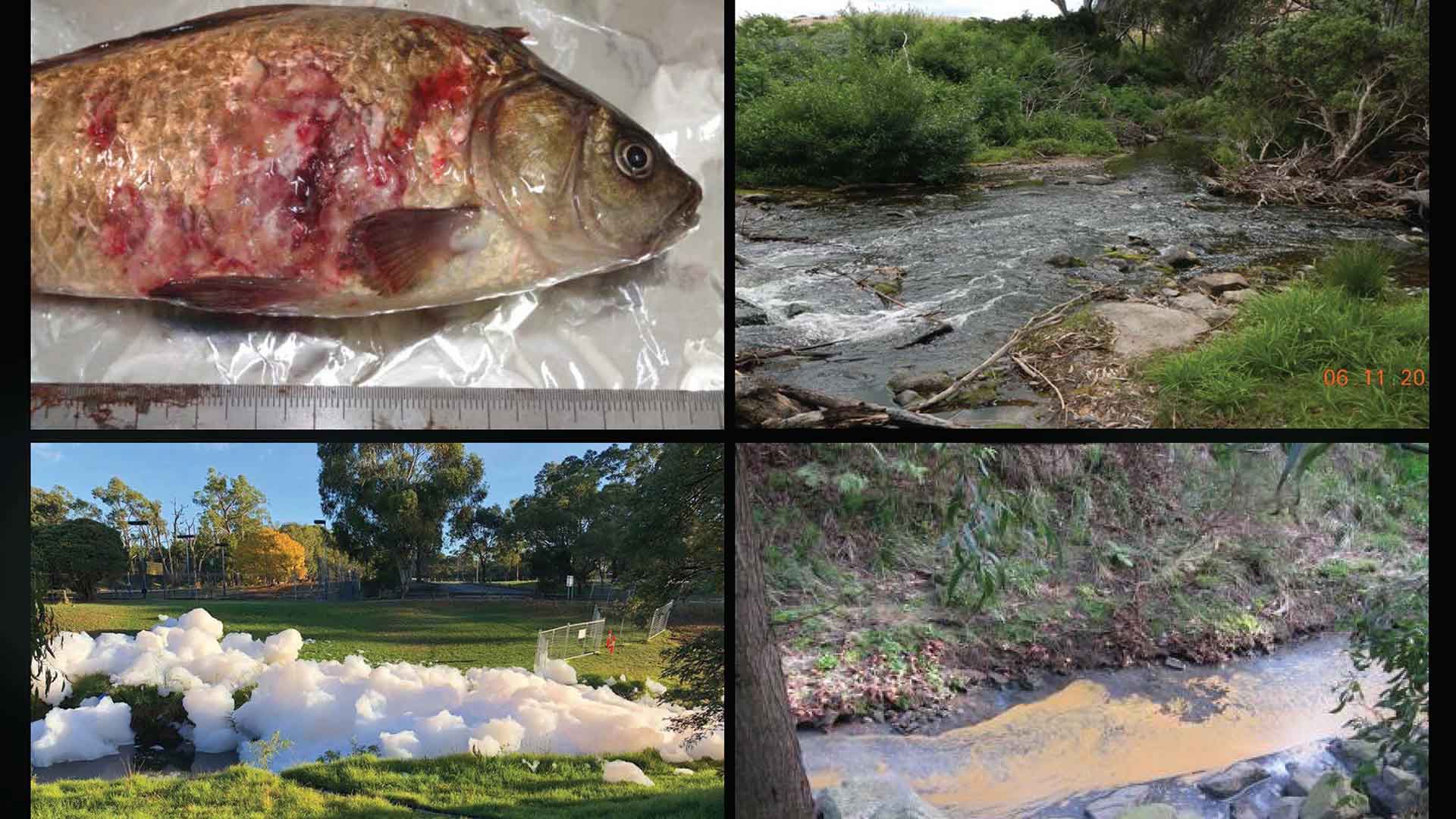Waterway pollutants – where do we start?
Background
Melbourne’s rivers, wetlands and bays are all affected by a variety of pollutants. Different land uses and activities in urban and rural areas generate different types of pollution and it is essential to identify the sources and impacts of high risk pollutants to protect ecological, social and amenity values.
Approach
This project aims to:
- Produce a synopsis drawn from a review of literature, to provide risk rankings of the sources and impacts of pollutants on waterways and bays from urban and rural landscapes within the MW region. This document can be used as a general reference for Melbourne Water staff, agencies and the community involved in Waterway programs.
- The document will be updated annually, filling knowledge gaps using findings from targeted projects within the A3P program and external research.

Outputs
Synopsis completed and updated, plus Corporate GIS layers. The most significant land use for pollutants is from industrial catchments. Other land uses that generate high pollutant runoff are residential, horticultural, grassland and wastewater discharges.
Expected Outcomes
- Provide a synthesis of the sources and impacts of urban and rural pollution that are likely to pose a significant risk to environmental values.
- Identify priority sources and pollutants of concern in urban and rural waterways.
- Recommend options (management and research) to reduce the risk of urban and rural pollutants on the receiving waterways.
- Increase confidence in management interventions linked to identified factors to reduce pollutants to streams, wetlands, estuaries and bays
- Influence stormwater management policy, rural land management policy and planning
- Support achievement of Healthy Waterways Strategy targets
Completed: 2023
Go to Decision support for waterway management intervention for the development of an evidence-based framework to support management intervention using outputs from this project.
Contact: claudette.kellar@rmit.edu.au


